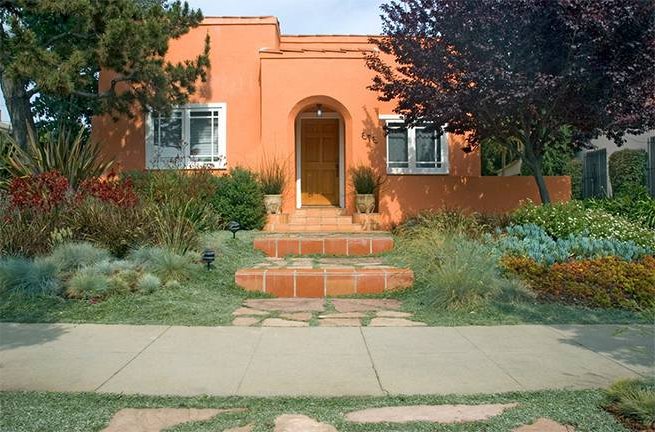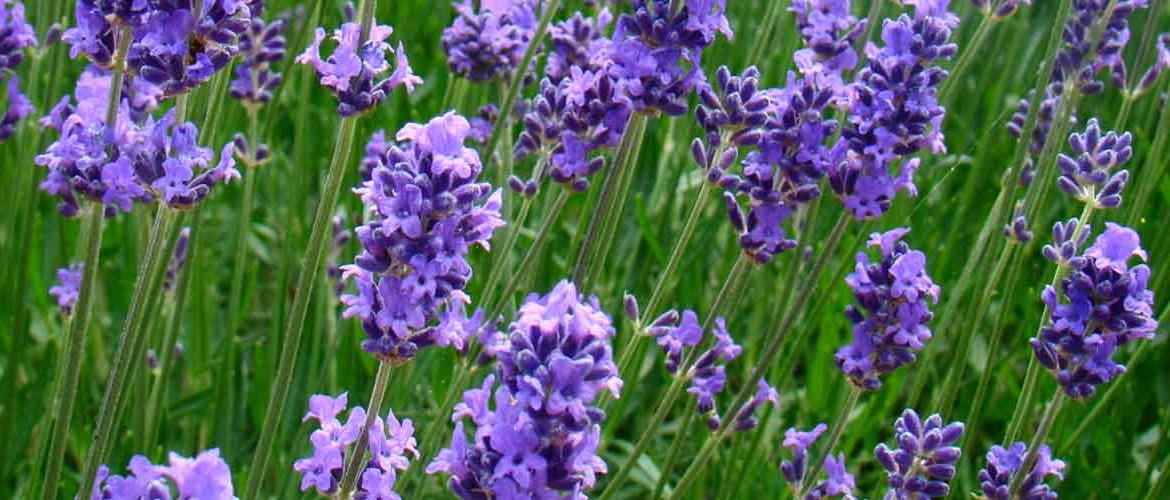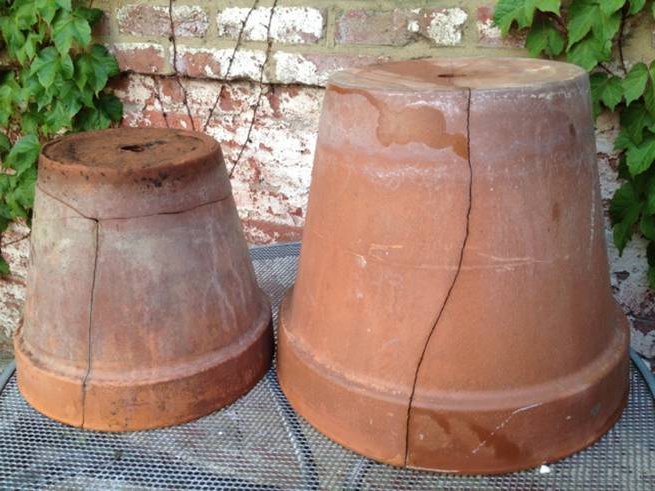5 grasses for hot climates
Sunlight is very important for grass growth, most species need at least six hours a day of direct natural light to grow, but not all of them are suitable for warm climates. Here are some of the most appropriate ones, and what procedures you need to follow to make them thrive.


Turfgrass species for Mediterranean and subtropical climates
If you live in the east or south of the peninsula, in the Balearic or Canary Islands, and you want to enjoy a garden with lawn, we recommend that when choosing the species, you take into account that it supports well the aridity and even salinity.

Unlike cold-weather grasses (which stay green below 0°C), warm-zone cespitose species turn brown in winter with frost. Bermuda grass (Cynodon dactylon), bahiagrass (Paspalum notatum), Kikuyu (Pennisetum clandestinum) and Zoysia japonica are some of the better known varieties. If your soil is poor and sandy we recommend Bermuda grass, an extremely rough species, which is able to develop in any type of soil. It tolerates drought very well, but not frost.

With the ability to adapt to all types of soils is also the Bahia grass, especially suitable for warm and humid climates. This species also has the advantage of having minimal irrigation and fertilization needs.

Kikuyu is also a very resistant variety, with a dense and bushy appearance, ideal for sports areas.

Zoysia japonica, finally, is a grass that settles slowly, but when it does, it does so definitively. One of its advantages is that it rivals weeds in completely occupying the land.

No matter how drought resistant these species are, you have to keep in mind that all of them need regular watering to thrive.
We recommend planting in the warm season of spring, when the soil temperature reaches at least 10 degrees Celsius. The summer heat can weaken the grass, so you should let it grow a little higher in the sunniest areas. This will allow the roots to develop better and reach deeper into the soil for moisture.



